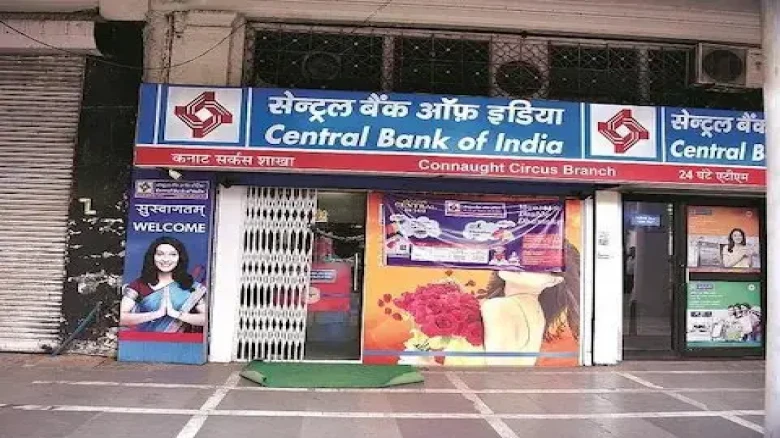Regional

Except for Central Bank, all lenders have improved their financial condition since then and have been removed from the RBI's PCA list.
Digital Desk: The Central Bank of India, a state-owned commercial bank, aims to close 13 per cent of its branches to restore its financial health, which has been under pressure for several years, according to sources and a document accessed by Reuters.
According to a copy of a document examined by Reuters, the bank wants to cut the number of branches by 600 by closing or merging loss-making branches by the end of March 2023.
A government source said that it is the most extreme step the bank has taken to strengthen its finances and would be followed by the sale of non-core assets such as real estate.
The shutdown of the branches was not mentioned previously. The bank, which has been around for over a century, now has 4,594 branches.
After the regulator discovered some state-run institutions violated its regulations on regulatory capital, bad loans, and leverage ratios, the RBI imposed quick corrective action (PCA) on the Central Bank and several other lenders in 2017.
Except for Central Bank, all lenders have improved their financial condition since then and have been removed from the RBI's PCA list.
"The bank is battling to emerge out of RBI PCA owing to low-profit performance since 2017 and to utilise manpower more efficiently and effectively," according to a document handed out by the headquarters on May 4 to other branches and departments.
The Central Bank of India did not respond immediately to emails or calls asking for a reply.
A bank under PCA is subject to greater regulatory monitoring and may face lending and deposit limits, branch growth and hiring freezes, and other financing restrictions.
The RBI enacted these rules at a time when Indian bankers were dealing with record amounts of bad debt, pushing the RBI to boost the limits.
"The move by the Reserve Bank of India is in accordance with its established goal of reducing loss-making assets on its files," a government official said.
Notably, the lender reported a profit of 2.82 billion Indian rupees ($37.1 million) in the December quarter, compared to 1.66 billion rupees in the same quarter the previous year.
However, its gross non-performing assets (GNPA) ratio remains high compared to its rivals, at 15.16 per cent as of December 31.
The bank was placed under the PCA framework in June 2017, and it reported a loss of 7.50 billion rupees in that quarter, with a GNPA ratio of 17.27 per cent.
Leave A Comment